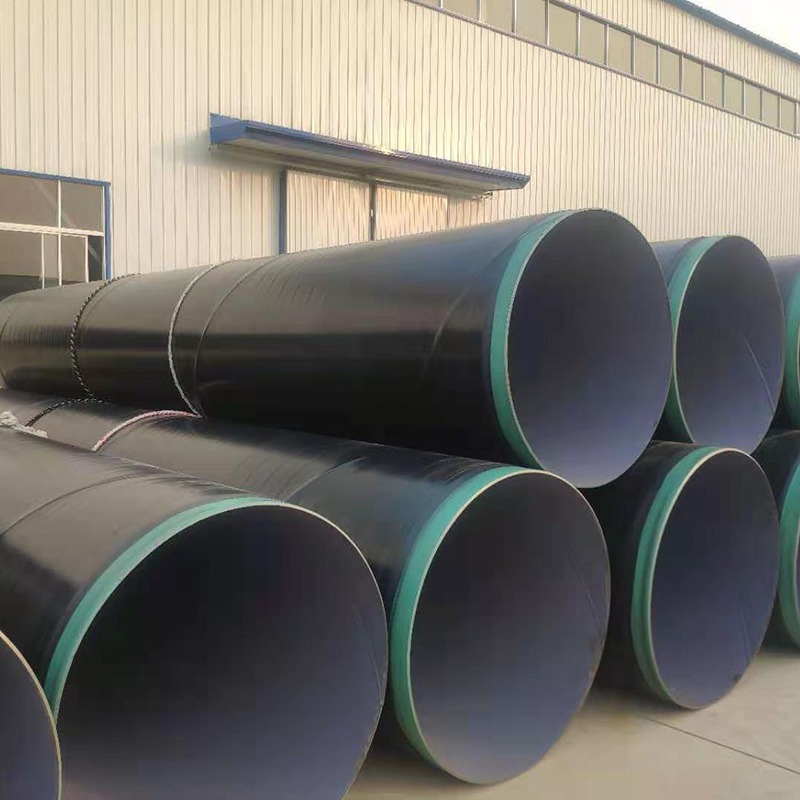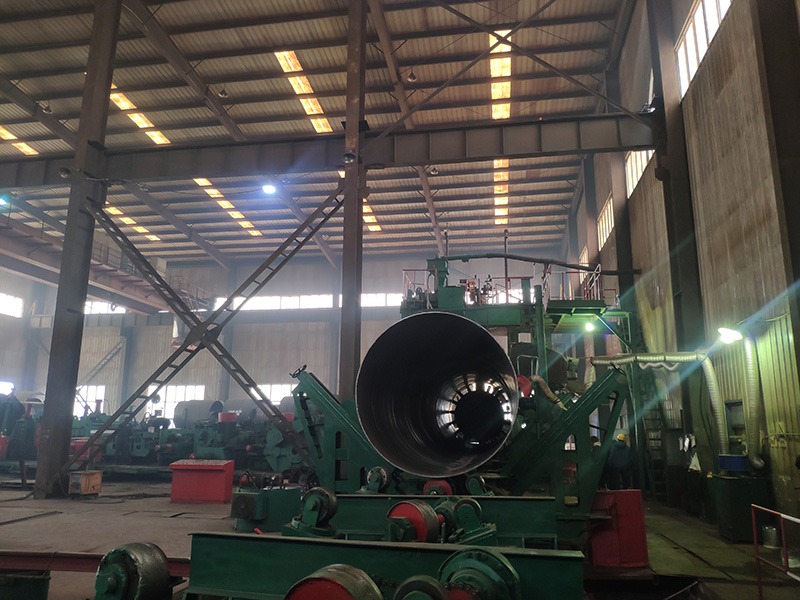The choice of water pipe material is critical to infrastructure. The right material not only ensures the longevity and reliability of your water system, but also impacts the overall efficiency of the system. With so many options to choose from, knowing how to choose the right main water pipe material can be a daunting task. In this blog, we’ll explore the key factors to consider when selecting water pipe materials, focusing on the specifications for welded and spiral seam pipe.
Understanding water pipe materials
Water pipes are essential for delivering drinking water from treatment facilities to homes and businesses. The materials used for these pipes must be able to withstand high pressures, resist corrosion, and maintain water quality. Common materials include polyvinyl chloride (PVC), ductile iron, and steel, each of which has its own advantages and disadvantages.
Key factors to consider
1. Durability and longevity: One of the main considerations when choosing a water pipe material is its durability. Steel pipes, especially spiral seam steel pipes, are known for their strength and resistance to external pressure. Spiral steel pipe professional production companies have an annual production capacity of 400,000 tons, ensuring that their products meet strict durability standards.
2. Corrosion resistance: Water quality is critical and the materials selected must not leach harmful substances into the water supply. Ductile iron pipes are often coated to prevent corrosion, while PVC pipes are inherently resistant to rust and corrosion. However, properly treated steel pipes also offer excellent corrosion resistance, making them an ideal choice for water pipes.
3. Installation and Maintenance: Ease of installation and maintenance is another key factor. Welded pipes and spiral seam pipes are designed to make installation more efficient, thereby reducing labor costs and time. In addition, their sturdy construction means less frequent maintenance, which can result in significant cost savings over the life of the water pipe welding.
4. Cost-effectiveness: Budget constraints are always a consideration for infrastructure projects. While the initial cost of the material is important, it is also crucial to consider the long-term value. For example, steel pipes may cost more upfront, but they have lower maintenance costs and a longer service life, ultimately providing better value for money.
5. Environmental impact: As sustainability becomes increasingly important, the impact of materials on the environment cannot be ignored. Many manufacturers now focus on producing environmentally friendly materials and adopting sustainable practices during the production process. Choosing materials that are recyclable and have a lower carbon footprint can help create a more sustainable infrastructure.
in conclusion
Choosing the right water pipe material is critical and will impact the performance and life of your water system. By considering factors such as durability, corrosion resistance, ease of installation, cost-effectiveness, and environmental impact, you can make an informed choice that meets your project needs.
Post time: Jun-19-2025


